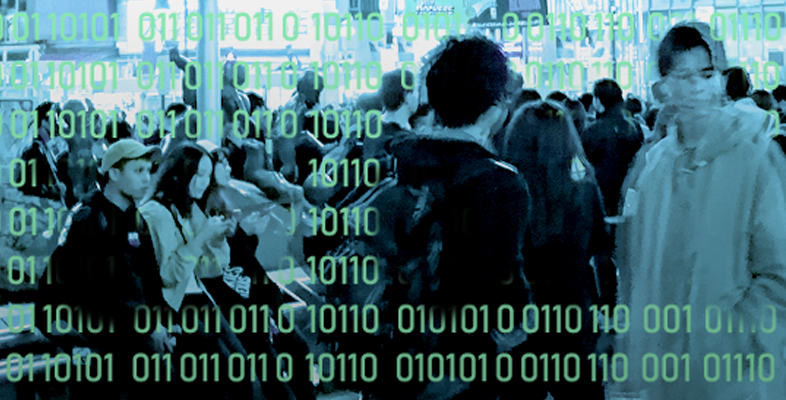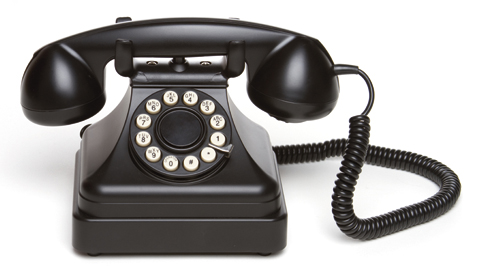1.1 The telephone
In the 1950s, telephones represented the cutting edge of technology (Figure 1). However, they were not only large and expensive to purchase but also inconvenient to use. If you wanted to make a call over a distance of more than 15 miles, you first had to call the operator who would then make the connection.
Telephones were also expensive to use. In the UK, calls were charged in units of three minutes, each unit costing the equivalent of between 5 and 20 pence in today’s currency. (In comparison, in 1959, a pint of milk cost about 3 pence.) Few people had a home telephone and even fewer made long-distance calls. The high cost of using a telephone ensured that anyone who had one tended to use it infrequently, and then only for short calls.
In 1959, the General Post Office, which ran almost all of the UK telephone systems at the time, introduced subscriber trunk dialling (STD). This advance in technology allowed users to make long-distance calls directly, without an operator, and to be charged only for the actual duration of the call. The telephone became easier and much cheaper to use. As a result, more people began to use it and for longer calls.
Over time, the telephone has become part of the background of our lives, until today when it is extremely unusual to find someone who has neither a home telephone nor a mobile phone. Just as the telephone changed from a status symbol to become simply another piece of the modern world, so the computer has made a similar transition.

